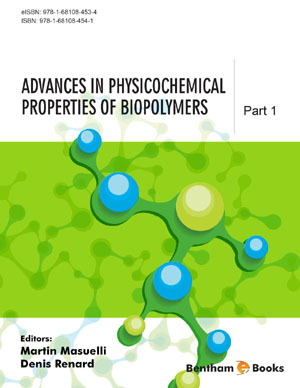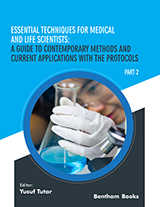Abstract
Beauty is said to be in the eyes of the beholder. Likewise, the deadliness of a poison depends on subjective criteria. Is more weight to be given for quickness of action, stealth, whether an antidote is available, or how little is required? Most accounts declare botulinum A, the toxin produced by a species of anaerobic bacteria, to win the contest based on its LD50 (the amount that kills half of those exposed). Its toxicity, measured this way, is greater than any known substance. I propose a new way of ranking poisons, the LD50*, based on the number of molecules in a deadly dose. This is more equitable because poisons differ greatly in their molecular weights – some are very small and some are very large molecules, and poisons kill molecule-by-molecule. Several snake venoms are deadly and the most toxic is that of the inland taipan, although the coral snake and cobras have very toxic venoms, and rattlesnake, because of the volume injected and the multiplicity of toxic ingredients, deserve mention. Only two species of scorpions (the death stalker and man killer; neither found in the United States) have stings that are life threatening for humans. Spider venoms don’t quite make it to our most deadly list. Radiation exposure is a different kind of “poisoning” and Polonium-210 makes our list because of the small amount required and its intense radiation based on its very short half-life. The most deadly, quick-acting toxins affect the nervous system and cessation of respiration or heart function stops the supply of oxygen to tissues to cause death. It is thought-provoking to consider that all things are poisonous, and that only the dose makes the difference (to paraphrase toxicologists). In this context, life-giving pure water becomes deadly when several liters are consumed rapidly. Why poisons exist has a scientific answer, but perhaps not a satisfactory philosophical answer. “All things are poison and nothing is without poison; only the dose makes a thing not a poison.”1
Keywords: Acetylcholinesterase, Anaphylaxis, Antidote, Antitoxin, Antivenin, Avogadro’s Number, Bane, Biological Warfare, Botulinum A, Clostridium Botulinum, Coral Snake LD50, LD50*, Myoneural Junction, Nerve Gas, Paracelcus, Poison, Polonium-210, Potion, Sarin, Skull and Crossbones, Taipoxin, Toxin, Venom, VX Agent.

















